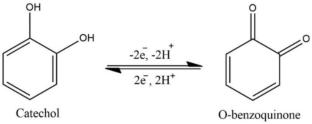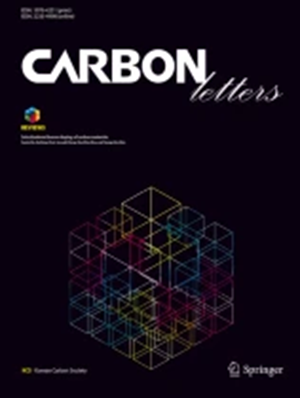Non-enzymatic electrochemical sensor for the reliable determination of catechol using RuS2/WO3/MWCNT ternary composite
Abstract
This work focuses on the development of an innovative detection platform utilizing a novel ternary composite of transition metal dichalcogenide ruthenium disulfide (RuS2), tungsten trioxide (WO3) and multi-walled carbon nanotubes (RuS2/WO3/MWCNT) for the purpose of detecting hazardous pollutant catechol. An augmented current response for catechol was acquired by the synergetic effect of ternary composite. The unique combination of these materials enhances the sensor’s electrochemical performance due to the excellent catalytic activity of RuS2, redox properties of WO3 and the high surface area and electrical conductivity provided by MWCNTs. Morphological and structural characterizations were done using different characterization methods. The increased electroactive surface area and fast electron transfer rate resulted by the adaptation of the working electrode leads to the development of a sensitive and selective sensor. The RuS2/WO3/MWCNT modified electrode exhibited remarkable sensitivity towards catechol determination with a wide linear detection range of 1.0–1028.0 µM and a modest low detection limit of 0.61 µM. The sensor demonstrated consistent performance in assessing the reproducibility and repeatability trials. The fabricated sensor gave reliable results and satisfactory recovery range when application on real-time sample analysis.
Graphical abstract


 求助内容:
求助内容: 应助结果提醒方式:
应助结果提醒方式:


